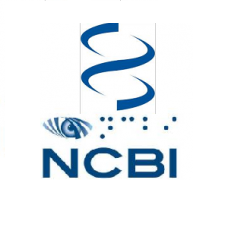Discussion
This study examined the intraoperative ECoG in 16 patients with brain tumor who underwent awake craniotomy and surgical resection. This study demonstrated that HFOs can be safely and reliably recorded with high-density grid, strips, or depth electrodes during awake craniotomy in patients with BTRE. We also found that HFOs are prevalent in BTRE and that the rate of HFOs was higher in patients with IDH1mut than in those with IDH1wt. In this cohort, 12 of 16 (75%) patients presented with seizures as an initial manifestation of brain tumor. Five of 6 patients with the IDH1mut genotype presented with seizures as an initial manifestation. This finding is similar to the recent observation that patients whose tumors expressed IDH1mut were more likely to have experienced seizures at diagnosis than patients with IDH1wt. 5,6 The overproduction of D-2- hydroxyglutarate with its structural similarity to glutamate may play a role in the mechanism of neuronal excitation leading to seizures.7,8 In our cohort, the rate of preoperative seizures did not differ by IDH1 mutation status. This finding is not surprising because there is a possibility that other tumor markers, including p53 overexpression, may have played a role in generating seizures in addition to the activation of glutamate receptors in patients with IDH1wt. 3 The latter could suggest that tumor-specific pathophysiologic mechanisms might be involved in the generation of seizure.








